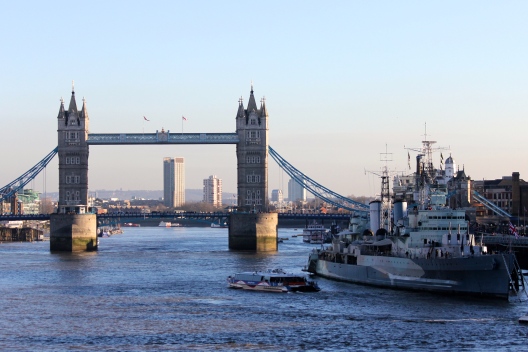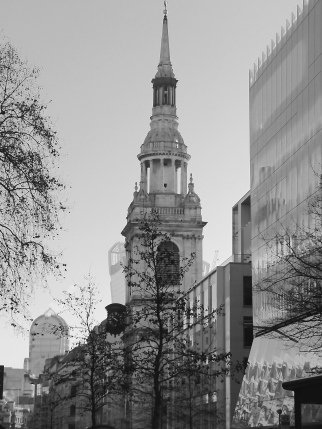“Between stimulus and response is a space. In that space is our power to choose a response. In our response lies our growth and our freedom”
– Dr Victor Frankl, Man’s Search for Meaning
Of all of the quotations that I have, or will, post on my blog, this is probably the most powerful. Dr Frankl was an Austrian psychologist and concentration camp survivor, who lost his father, mother, brother and pregnant wife to Auschwitz.
The German title of the book gives a much better idea of what it is about: “trotzdem Ja zum Leben sagen: Ein Psychologe erlebt das Konzentrationslager”, which roughly translates to “…to say Yes to life none the less: A psychologist experiences the concentration camps”.
The main message that I took from the book is that situations, circumstances or people can take away everything a person has, except the “last of human freedoms”; the ability to choose his or her attitude, to be “worthy of their suffering”.
To even survive what Dr Frankl had to endure, to rise above the unimaginable horror, let alone use it to create a school of psychotherapy that is still used today to treat a number of illnesses, is incredibly empowering. One of the main tenets of his theory, logotherapy, is that life has meaning in all circumstances, even the most miserable ones.
It was only while reading the book that I realised that I had received this message before, and in the context of running. In 2012, I ran the Paris and Edinburgh Marathons in aid of the fantastic charity Freedom from Torture (http://freedomfromtorture.org). Many of its clients have been through horrific experiences, yet were able to establish a new life, and use what they had been through to help others, much like Dr Frankl.
I have used their example to get me through many a race or training run: to ignore the feeling that I can’t run another step or that I should never have started in the first place, and to remind me that whatever it is that I am experiencing, it is most definitely not torture.
I am reluctant to link the suffering of concentration camp inmates and torture survivors to running around two of the most beautiful cities in the world. What makes me do so is one of the other powerful messages from Man’s Search for Meaning, which has been instrumental in helping me come to terms with my illness.
One of the most misunderstood aspects of depression seems to be that a person needs to have a reason to be depressed. Compared to most, I have nothing to be “depressed” about. I have a stable, supportive family, a good job, nice house, great friends, a beautiful, loving and supportive wife and two boys who I could not love any more. If people can live through persecution, torture, poverty and other extreme physical or mental suffering, how weak and cowardly must I be to be unable to cope with another day?
This does of course ignore the fact that depression is an illness, and in my case most likely caused by a chemical imbalance, so is in a way a “physical” rather than “mental” disorder, like diabetes or asthma. At times I find it very difficult to remember or even believe this, particularly when I am feeling low, but I cannot argue with Frankl’s conclusion that:
“…a man’s suffering is similar to the behaviour of gas. If a certain quantity of gas is pumped into an empty chamber, it will fill the chamber completely and evenly, no matter how big the chamber. Thus suffering completely fills the human soul and conscious mind, no matter whether the suffering is great or little. Therefore the “size” of human suffering is absolutely relative.”
This seems to me to be essential in combatting depression, both for the sufferer and those around them. For the sufferer, one thing that he or she should never do is feel guilty or ashamed, or compare his or her situation to anyone else’s. As importantly, no-one should assume that an objectively “good” life makes a person immune from depression or suicidal thoughts. Spotting the signs can be very difficult, particularly for long term sufferers that have become adept at hiding the inner turmoil, but talking openly, and reducing the stigma around depression and suicide, can, and indeed have been incredibly effective.
As described in the Guardian last week (http://bit.ly/1FohyM4), the NHS is running a number of pilot schemes to reduce the stigma surrounding suicide, based on the incredibly successful programme in Detroit, which has reduced suicide by 82%. What someone suffering from depression needs most is professional medical assistance, in many cases (such as mine) it will take a family member, a friend or a colleague to get this.
Moreover, even a stranger could be the catalyst needed for a sufferer to get help, or to divert him or her from taking the final step. The details of my darkest hour are for another post, but what I can say is that a woman who I had never met, and am very unlikely to meet again (particularly as I can’t really remember what she looked like), saved my life with the smallest act of kindness.



























